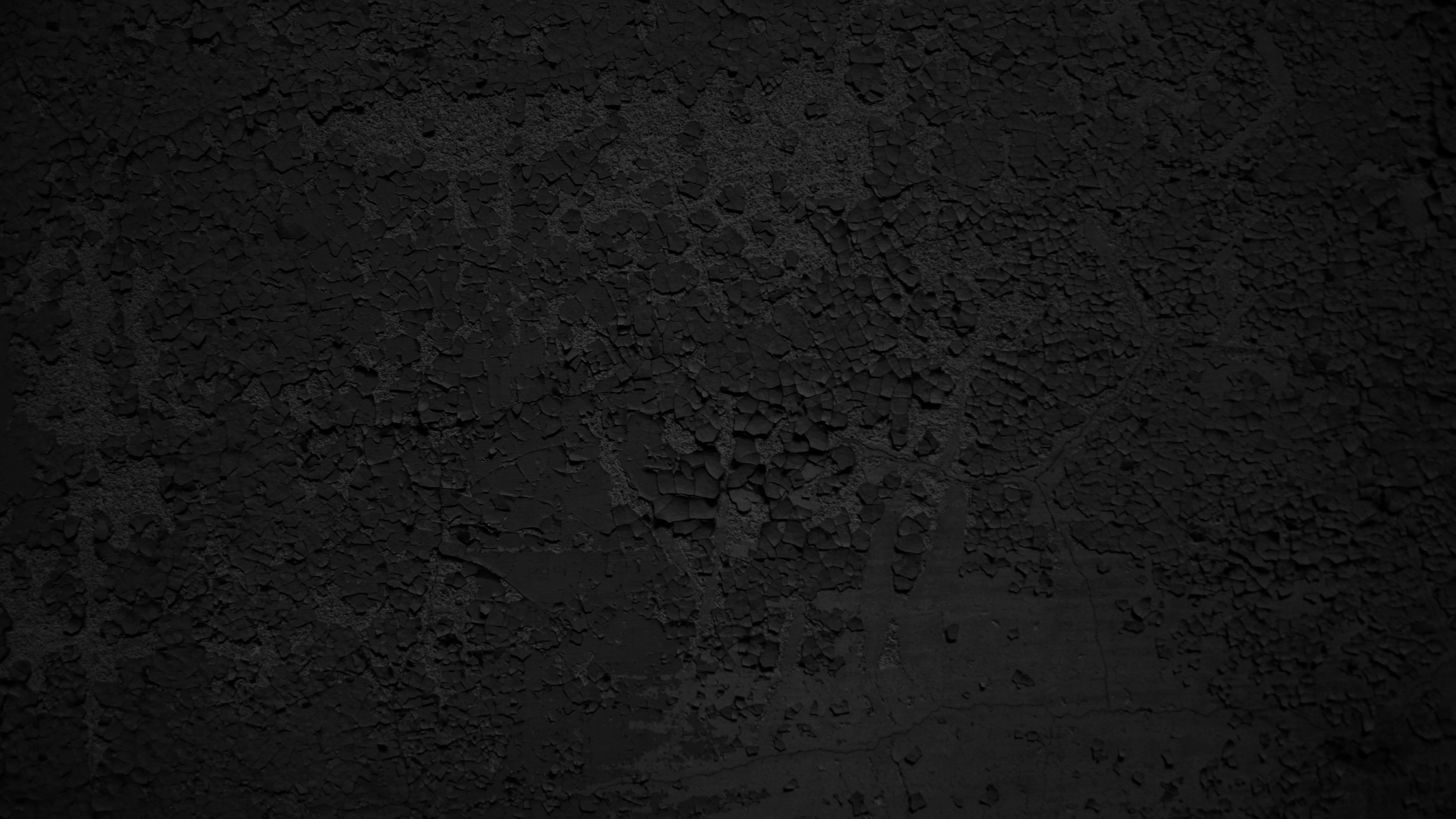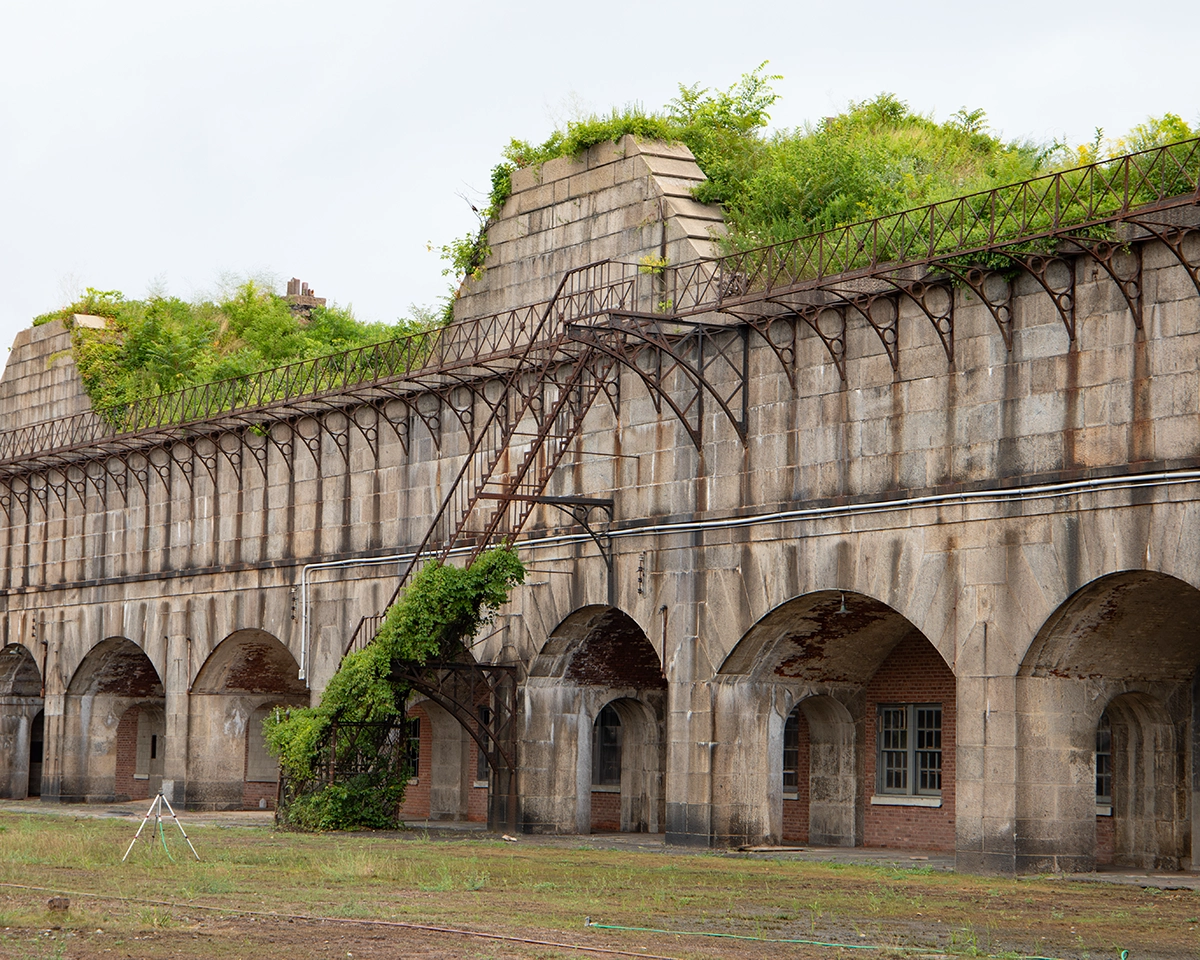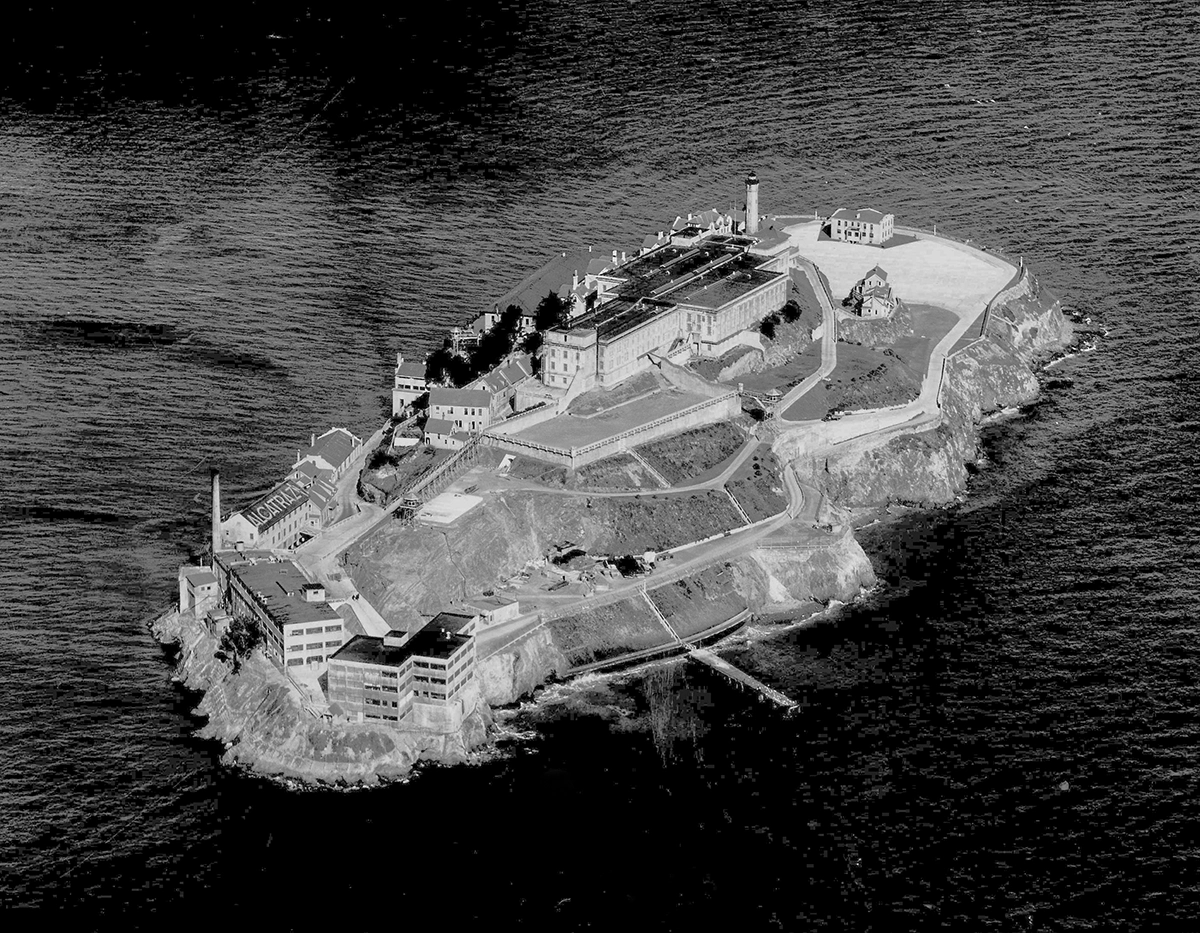Sunday, August 24, 2025
Click here for the bunker exploration video
Fort Wadsworth is a group of historic coastal defense batteries and fortifications located on Staten Island in New York and which date back to the U.S. Revolutionary War. The earliest known fortification on the site, however, was a blockhouse which dates back nearly a full century and a half earlier, to 1636. The blockhouse was built on Signal Hill by a Dutch settler by the name of David Pieterszen de Vries. The original blockhouse was subsequently burned in an Indian raid in 1655. A second blockhouse was built in 1663 and survived until the new fortifications were constructed in 1808. During the early stages of the American Revolution the site was a lightly defended and mostly earthenworks fort, or "redoubt", named Fort Flagstaff. This small fort was easily overtaken by the British upon the outset of hostilities in 1776 and it, along with the rest of New York, was occupied by the British until 1783 during which time the British improved and enlarged the fort. Following the British defreat in the war, New York began a massive construction project on Staten Island in the early 1800s to defend the state from invaders and to ensure that it never again fell under the control of a foreign military. Battery Weed and Fort Tompkins were some of the first defenses erected by the state of New York, in 1806 and 1814 respectively.
New York State handed Fort Wadsworth over to the United States War Department in 1847 and shortly thereafter enacted modernization and rebuilding efforts under the federal program known as the "third system of seacoast fortifications". The third system was developed as a guideline for modernizing and improving coastal defenses in response to the burning of Washington DC during the War of 1812. The improvements made to Fort Tompkins and Battery Weed specifically were based on recommendations made by an Engineer in the U.S. Army who would later become Commander of the Confederate Army during the U.S. Civil war, Robert E. Lee.
Fort Tompkins was rebuilt from 1859-1876 and Battery Weed was rebuilt from 1847-1862. Thus both forts were in service, but did not see action, during the U.S. Civil War. But developments in weapons technology throughout the Civil War, consisting of higher velocity ordinance and rifled barrels with breach loaders, made these forts and their smoothbore canons obsolete about as soon as they were completed. This lead to the next series of improvements implemented by the Endicott Board of Fortifications which was headed by U.S. Secretary of War William Endicott in 1885. The modernized weaponry developed in the Endicott system consisted of disappearing guns which were only raised to fire on a target before quickly lowering back down behind the walls where they were hidden and better protected from seaborne attack.
From 1955-1960, Fort Wadsworth was the headquarters of the 52nd Anti-Aircraft Brigade of the US Army which oversaw the New York area's Nike missile defense system. Later, it became the Headqarters of the New York Naval Station. At the time of the fort's closure in 1994, it was the oldest continually manned military installation in the United States.
Battery Weed
Battery Weed was originally named "Fort Richmond" after the county in which Staten Island is located, which was itself named for Charles Lennox, the 1st Duke of Richmond of Goodwood House near Chichester in Sussex England. A confusing series of re-names, and re-use of previously used names, soon followed; In 1865, Fort Richmond was renamed Fort Wadsworth after Brigadier General James Wadsworth (killed in battle during the Civil War in 1864). Fort Richmond (aka Wadsworth) was then once more renamed Battery Weed in 1902 in honor of Brigadier General Stephen H Weed (killed at Gettysburg in 1863). As the battery was renamed for the final time (from Wadsworth to Weed), the entire fort in which this battery is located then took on the name of Fort Wadsworth. Got it?
Battery Weed as it stands today was constructed between 1845 and 1861. It is one of only three 4-tier coastal defense fortifications in the United States. Three of its four sides (with 116 guns total) are seacoast fronts and its rear, landward, side was defended by 24 flank howitzers. In 1875, a mine casemate was added to the fort and an extensive underwater minefield was deployed.
The guns at Battery Weed were still manned through WWI but after the war, and as a result of further weapons developments derived therein, the battery was facing obsolesence. During WWII, Battery Weed was armed with anti-aircraft guns. After WWII, Battery Weed was deactivated.
Historic Photos of Battery Weed - Fort Wadsworth
End Historic Photos

Fort Tompkins
Fort Tompkins was named after Daniel Tompkins, the governor of New York State during the War of 1812. It was built between 1859-1876. While Fort Richmond (Battery Weed) was built to guard against seaborne attack (with 3 sides facing the ocean), Fort Tompkins was built in defense of land-based attack (with 3 sides facing land and one facing Battery Weed/the ocean). Fort Tompkins' only cannon battery was on the seacoast front with the rest of the fort being equipped only with musket holes and a few howitzers. A carefully designed "counterscarp", however, would drive any enemies on foot into a moat-like ditch surrounded by walls arranged with holes from which defenders could fire at the enemy from both sides.
In 1979, the site was acquired as part of Naval Station New York. In 1995, it became the Gateway National Recreation Area.
Begin Historic Photos
End Historic Photos
Miscellaneous Structures, Etcetera
Labels: fort, historic, military, New York, shore defense, us revolutionary war
























































